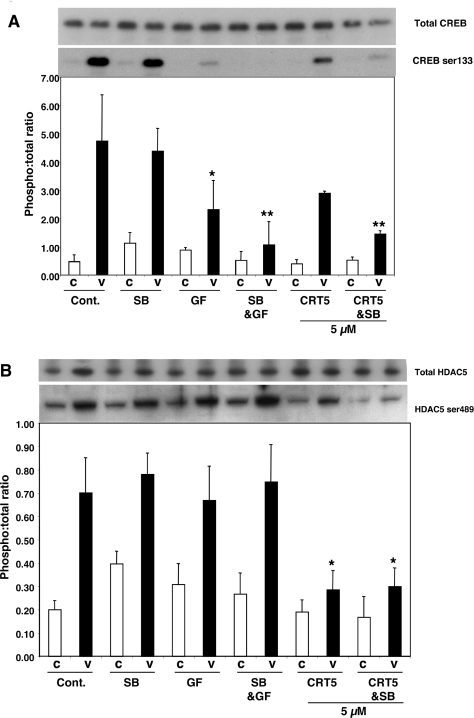Figure 3. Effect of CRT5 on CREB and HDAC5 phosphorylation.
(A) Confluent HUVECs were pre-incubated for 30 min with vehicle (Cont.; 0.1% DMSO), 5 μM SB203580 (SB), 3 μM GF109203X (GF), 5 μM SB203580 plus 3 μM GF109203X (SB&GF) or 5 μM CRT5 with and without 5 μM SB203580 (CRT5&SB and CRT5 respectively) as indicated. This was followed by 10 min stimulation with vehicle (C) or 25 ng/ml VEGF (V). Cell lysates were immunoblotted and probed with antibodies against total and phosphorylated CREB (Ser133). Results from three independent experiments were quantified by scanning densitometry and are presented as a ratio of CREB phosphorylation corrected for total CREB (means±S.E.M., arbitrary units). A representative blot corresponding to the quantified results is shown above the histogram. Two-way ANOVA indicated significant treatment and inhibitor effects (P<0.0001 and P<0.05 respectively). Significant differences of interest between treatments and inhibitors are indicated on the histogram: *P<0.05 and **P<0.01 compared with VEGF alone as determined by Bonferroni's post hoc test. (B) Effect of CRT5 on HDAC5 phosphorylation. Cells were treated as detailed for (A). Lysates were immunoblotted and probed with an antibody against phospho-HDAC5 (Ser489). Results from four independent experiments were quantified by scanning densitometry and are presented as means±S.E.M. (arbitrary units). A representative blot corresponding to the quantified results is shown above the histogram. Two-way ANOVA indicated a significant treatment effect (P<0.0001). Significant differences of interest between treatments and inhibitors are indicated on the histogram: *P<0.05 compared with VEGF alone as determined by Bonferroni's post hoc test.

